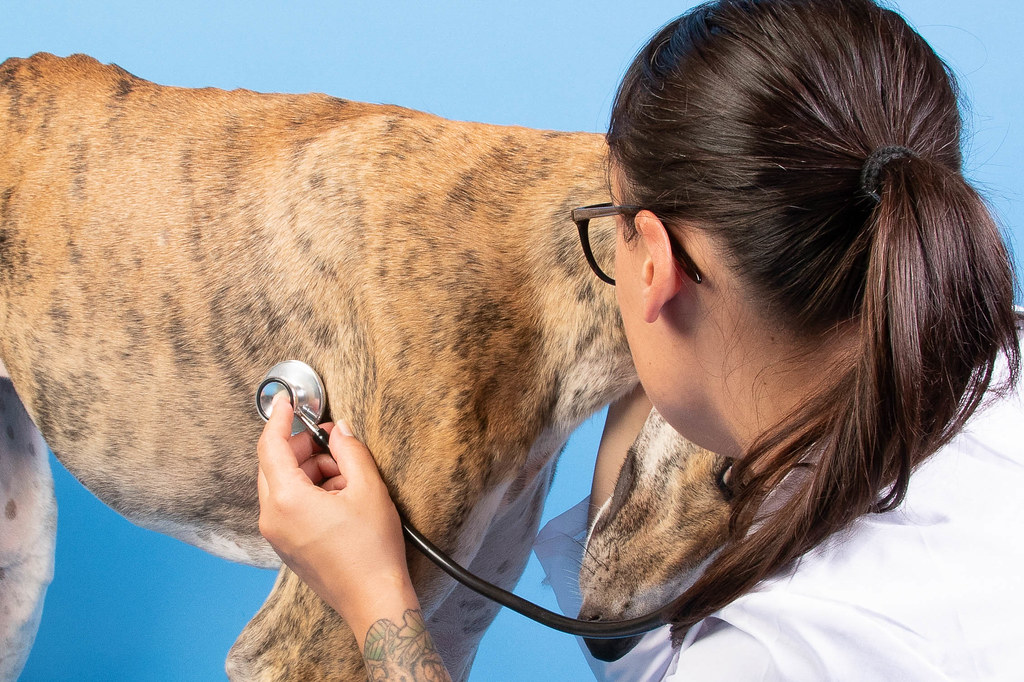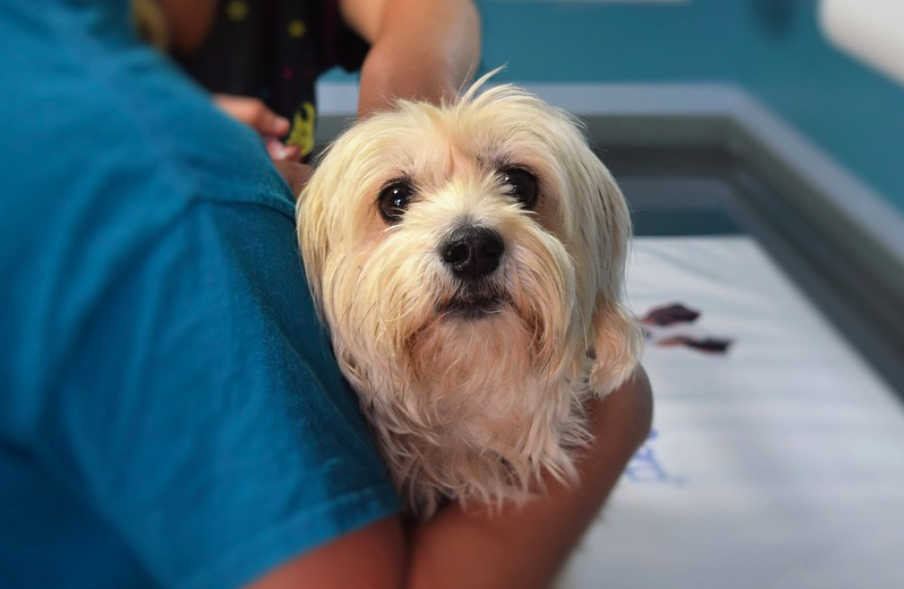Historically, most pet owners viewed the veterinarian’s office as a one-stop shop. Unlike human patients, who might see one specialist for their irregular heartbeat and another for their itching eyes, veterinary general practitioners were expected to handle the majority of pet health concerns in-house. Referrals were rare; visits to specialists were even fewer.
Today, our engagement with animal-centered health mirrors the more specialized model that we use for human healthcare. Owners now have more options to provide additional care to extend life expectancies of their pets. The primary care veterinarians that pet owners used to rely on for all-purpose care have become the central care directors in increasingly wide-reaching networks of specialty veterinarians. This newer model of a triad of care between pet owner, general practice veterinarian and veterinary specialist has provided pet owners today with animal care solutions that they might not have thought possible a decade ago.
Consider the capabilities of SAGE Veterinary Centers — a California-based provider network offering specialty and emergency veterinary services in Dublin (CA), Concord, Campbell, and Redwood City. Each of the network’s locations provides access to specialty services including cardiology, internal medicine, oncology, neurology, surgery, and physical rehabilitation offerings. The procedures these veterinarians perform are often remarkably similar to those that humans receive. In 2018 alone, SAGE internal medicine doctors administered more than 1,300 ultrasounds and 550 endoscopies. Their veterinary surgeons performed more than 1,100 ACL tear repairs on canine patients with over 150 arthroscopies (minimally invasive surgery). SAGE’s oncologists, in collaboration with the surgeons, had over 550 masses removed and provided over 430 veterinary patients with radiation therapy.
The specificity of these treatments is a clear sign that animal medicine has reached a new level of capability. Historically, specialized treatments for chronic or terminal conditions were not widely available for pets. Radiation therapy to treat cancer, for example, did not become part of standardized veterinary school curricula until the late 1970s. Given the treatment limitations of the time, putting an animal down when it became too sick was often thought the kindest course of action. Pet owners today have more options — and by all indications, they are willing to consider new care opportunities that could better their pet’s lives.
Pro-pet trends certainly indicate a receptive market. Rates of pet ownership in the United States are high, especially among Millennials. According to a survey published by the research firm Mintel, 75% of Americans in their 30s have dogs, and 51% have cats. These pet owners aren’t skimping on their pet-centered financial commitments, either. The same study also reported that pet spending topped $11 billion in 2017. More than half of those surveyed agreed that it was important for their pet to be comfortable as they age, and a full quarter stated that they would pay medical procedures to extend their pet’s life “no matter what the cost.”
The enthusiasm for animals has grown so much that even employers have begun considering ways to make their benefits packages better appeal to pet owners. A few companies have drawn attention for their “fur-ternity” or “paw-ternity” policies, which allow employees to take either paid time off or work from home days to bond with their newly-adopted pet. These benefits are still fairly rare today; however, given Millennials’ tendency to put off having children for longer and maintain “pet families,” furternity leave and other pet-centered benefits will likely become more mainstream in the coming years.
Consider the case of Ana Homayoun, a New York Times reporter who recently chronicled her decision to support her dog through hospice rather than put him down. She was able to fund his protracted end-of-life care because she had invested in pet health insurance. The policy Homayoun chose took most of the cost burden for the treatment off of her shoulders, thereby empowering her to pursue a specialized care option that she might not have felt comfortable investing in otherwise.
Insurance plans vary in design; some are accident-specific, but the vast majority (98%) encompass both accident-caused claims and animal wellness. They can either be bought by an individual or obtained as an employer-sponsored benefit. Trupanion, one of the leading pet insurers in the U.S., advertises that with some exceptions, their members will only have to pay 10% of unexpected veterinary bills. In doing so, they help pet owners provide their animals with the specialized support they need to live long and healthy lives.
However, Homayoun is still very much in the minority of pet owners. The vast majority of Americans do not have pet insurance; according to a report prepared by the North American Pet Health Insurance Association (NAPHIA), only 3% of pet owners in the U.S. have taken out policies for their pets. This number is strikingly low compared to the 25% the UK maintains and the impressive 50% that Sweden, the originator of pet health insurance policies, currently has. If the U.S. increases its insurance adoption rate, American owners could have greater financial freedom to engage with specialist services and thus bolster the pet care sector overall.
Expectations in pet care are changing. Americans — particularly millennial Americans — want more care solutions for their pets. The highly specialized animal care sector can provide the support pet owners ask for now — there is room in the market to grow even further.






